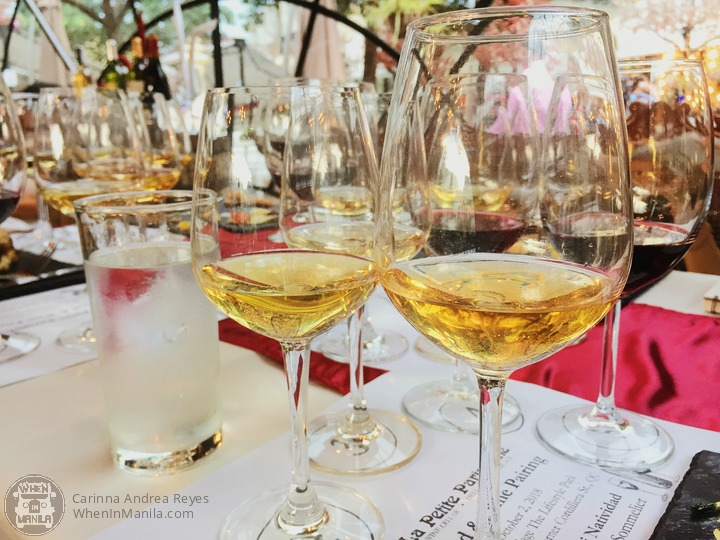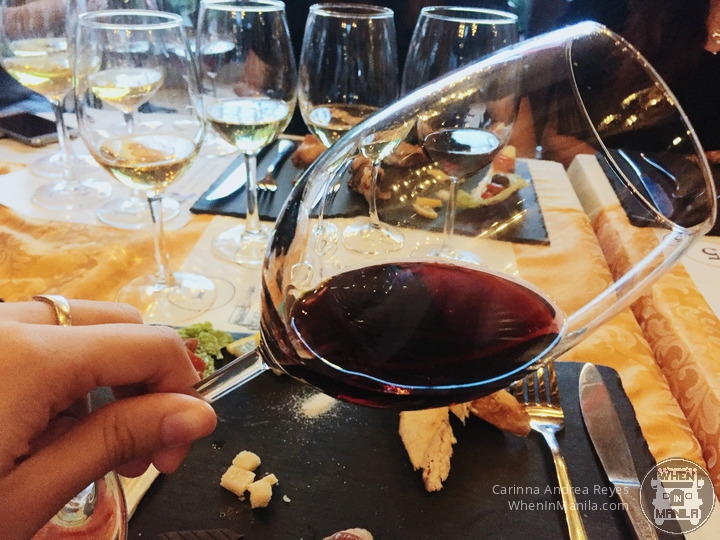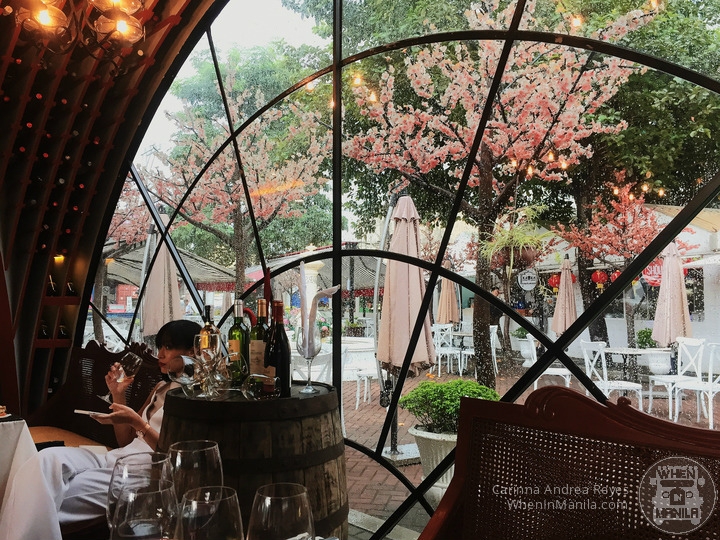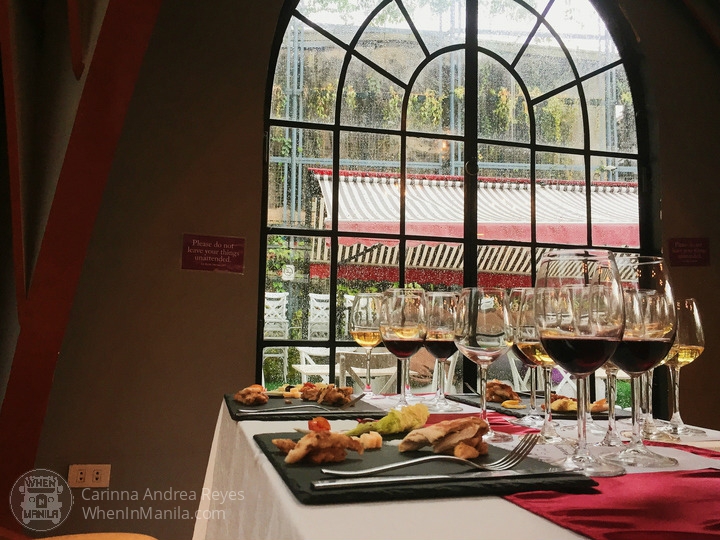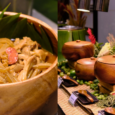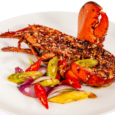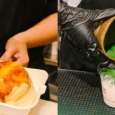Words and photos by Carinna Reyes
For some of us (including myself), wine can be the most intimidating drink of all. With hard to pronounce foreign names, the sometimes expensive prices, and seemingly infinite variations, it can be a tendency for some people to steer clear of it entirely for fear of embarrassment. It seemed like wine can only be truly enjoyed by those who are considered experts; those who seemingly understand the magic of the wine just by sniffing it or swirling it in the glass.
ALSO READ: A Beginner’s Guide to French Wines
I thought all of those, too, until I spent an afternoon with Isagani Natividad, a sommelier for 18 years. In that afternoon, he proved to me that I was wrong. Wine is for everyone, and the things you need to know to make the most out of this drink isn’t as complicated as math.
Essentially, wine can be defined as fermented grape juice. Five of its most common kinds are Moscato, Sauvignon blanc, Chardonnay (which are white wines), GSM, and Bordeaux (red wines). These can be differentiated through the five criteria–color, legs, bubbles, smell, and taste. And before you take your first sip of wine, it is highly recommended you smell it first to fully savor its flavor.
Here are is a general guide for the five kinds of wine:
Moscato
Moscato is a golden-colored wine that signifies the grapes it’s made from were harvested early. The presence of bubbles in this drink also indicates that there is a high level of sugar content in it. This means that Moscato wines aren’t aged that long, and so the yeast was not able to ferment all the natural sugars found in the grape.
This also means that this type of wine has a low alcohol content, approximately 12%. This may be observed by the thin legs or the line that forms on the side of the glass when the wine is swirled. The thickness and speed of the line as it goes down to the bottom of the glass can tell you how high the alcohol content is present in the drink. The thicker and slower, the higher the alcohol content.
Because of its general sweetness, Moscato complements sour tasting foods well, such as anything with lemon. (Think of it as sweet and sour flavor.) It also pairs well with fatty food, such as pesto sauce. But it is best with chocolate, particularly dark, as it mirrors its sweetness, and even adds more to it. Hence earning its alias, the dessert wine.
Sauvignon Blanc
An unusual trait of this kind of wine worth remembering is its greenish tint, signifying that the grapes harvested couldn’t get a lot of sunlight and that the place of origin was very cold. This climate, in turn, prolongs the ripening of the grapes, which gives off the acidic taste of the drink. Its legs are thick and slow when swirled, signifying high alcohol content.
Due to its acidic character, foods with tomato and lemon pair well with Sauvignon Blanc, as they mirror each other. However, pairing this with fatty food (i.e. pesto) will make the drink taste sour, as the two flavors clash.
Chardonnay
Chardonnays also exhibit a greenish tint in their color, but its hue is lighter than that of Sauvignon Blanc. This light green tint conveys that the grapes used for this drink were young and that they also came from a place of cold climate.
This kind of wine can be generally described as having a creamy taste, and so sour-tasting food is acceptable with it. However, it best complements a steak as fats and cream are great together.
G.S.M.
Not to be confused with the local gin, G.S.M. wines are a mixture of three kinds of wine all found in the Rhône Valley of France: Grenache, Syrah, and Mourvedre. Because it is a mixture, its flavor packs a punch as well, with the sweetness coming from Grenache, the dark fruit flavor from Mourvedre, and the earthy, bitter taste from Mourvedre.
For red wines (and sometimes white), the bitter flavor comes from tannin, a polyphenol found in the skins, seeds, and stems of grapes. This acts as a natural preservative of the drink, thus making it possible to age wine without spoiling them.
When it comes to food, G.S.M. tastes delicious when paired with tomatoes, pesto, and even chicken with lemon.
Bordeaux
As for the last kind of wine, this has the most bitter flavor of all five as it has the most quantity of tannin. And because it is bitter, it is a general rule to avoid sour-tasting foods like lemon when drinking Bordeaux or vice versa. Foods that do taste great with this drink are those with fats (i.e. chicken pesto) and salty food (i.e. steak).\
–
ALSO READ: There’s a Wine Subscription Box in the Philippines!
If you want to learn more and experience a wine appreciation class and wine pairing for yourself, visit La Petite Parisienne for a class. La Petite Parisienne is your friendly neighborhood wine cellar set to help Filipinos appreciate wine more and make wine imported from France more accessible here in the Philippines. Simply gather a group of five, schedule your class with the availability of the sommelier, and voila. It’s a guarantee that you’ll be coming out of there a wine tita, and maybe a little tipsy.
And so, as Mr. Isagani has mentioned, get drunk the right way. Gather your loved ones and share your stories over food, and a bottle of wine. One thing to remember from this is that you don’t need to be anyone fancy to enjoy a glass of wine; it is only a simple pleasure in life meant to be consumed and enjoyed. 😉
La Petite Parisienne
La Village Food Park, E. Rodriguez Avenue Corner Cordillera Street, Quezon City
www.facebook.com/pg/LaPetiteParisienneMNL
(02) 332 1680 | Instagram: @lapetiteparisiennemnl


